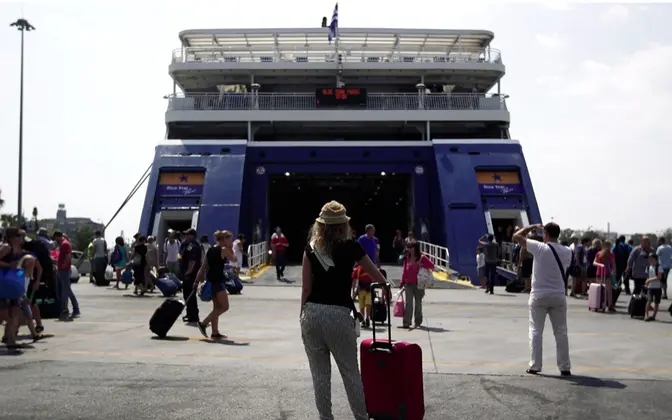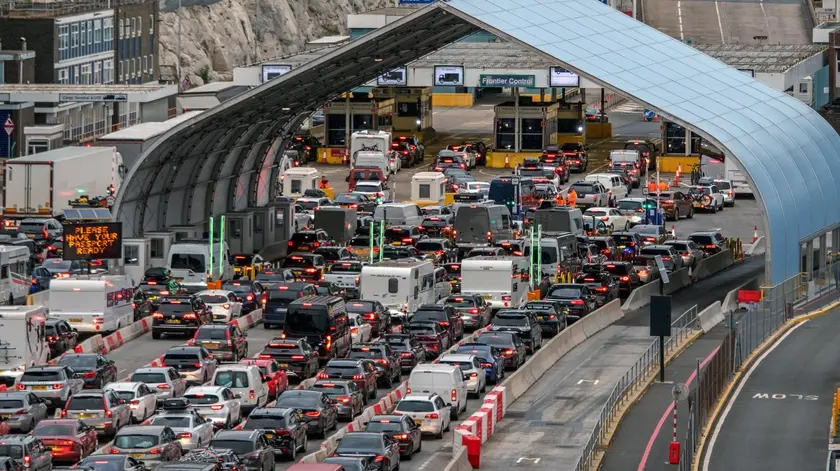T4K3.news
Outdated ferry rules slow departures
Wind bans stranded travelers at three Athens ports, highlighting regulatory gaps.

A wind ban at three Athens ports exposes gaps in a decades old ferry framework that leaves travelers stranded while safety comes under scrutiny.
Outdated ferry rules slow Greek departures
Persistent gusty winds on Friday left many travelers stranded at Piraeus, Lavrio and Rafina after port authorities banned ferry departures. The ban follows a regulatory framework first set in the 1970s and last updated in 1994, designed to err on the side of safety. Decisions rest with local port authorities, using forecasts from the national meteorological service and emergency bulletins. Factors include wind strength, wind direction, wave height, vessel size, and the captain's route. Despite modern ships, many island ports remain challenging to navigate, and docking can be hazardous even in moderate winds.
Critics say the law is outdated, since ships exceed 200 meters and many ports still follow a 75-meter threshold for what counts as a large ship. The system also leaves passengers with refunds or travel credits but no guaranteed compensation. The divergence between international practice and domestic rules fuels confusion. The piece notes the 1966 Iraklio disaster to justify the heavier safety precaution. A veteran captain is quoted about safety versus passenger experience, underscoring the tension between risk and service during peak season.
Key Takeaways
"Traveling with 9 or 10 Beaufort may be technically safe, but the experience for passengers can become a small adventure."
captain's remark
"Docking can be hazardous even with moderate wind."
report description
"The regulation still classifies large ships as those over 75 meters"
regulatory note
"The goal is passenger safety."
authorities statement
The story highlights how safety rules can outgrow the world they govern. An aging framework based on 1970s thinking struggles to keep up with bigger ships and denser ports, creating a gap between risk assessments and decisions made on the quay. That mismatch can shift liability onto captains and expose passengers to unpredictable delays. If reform is pursued, it should standardize decisions across the fleet, invest in port infrastructure, and clarify compensation for travelers when bans bite. In a country where summer travel is essential for island life, timely and fair rules matter as much as the weather itself.
Moving toward modern risk management would mean clearer criteria for bans, better predictability for travelers, and a more transparent process. The aim should be safety without paralyzing service, with a reliable framework that matches fast changing fleets and coastal realities.
Highlights
- Safety first does not always mean a smooth trip
- Docking can be hazardous even with moderate wind
- The regulation still classifies large ships as those over 75 meters
- The goal is passenger safety
Outdated rules risk safety and travelers finances
The decades old wind ban framework relies on outdated thresholds and local decisions, leading to stranded travelers and unclear liability. Aging infrastructure adds risk and costs for passengers.
Policy makers face questions about balancing safety with reliable service as conditions evolve
Enjoyed this? Let your friends know!
Related News

EU rolls out digital border checks for UK travelers

Trump confirms pause on mental health parity rules

Prostate cancer guidelines lag create overtreatment risk

Transfer news intensifies as deadline approaches

BBC's Destination X premiere sparks viewer disappointment

Premier League opening weekend reshapes power balance

Labor market shows staying power amid uncertainty

US grid risk to AI growth
